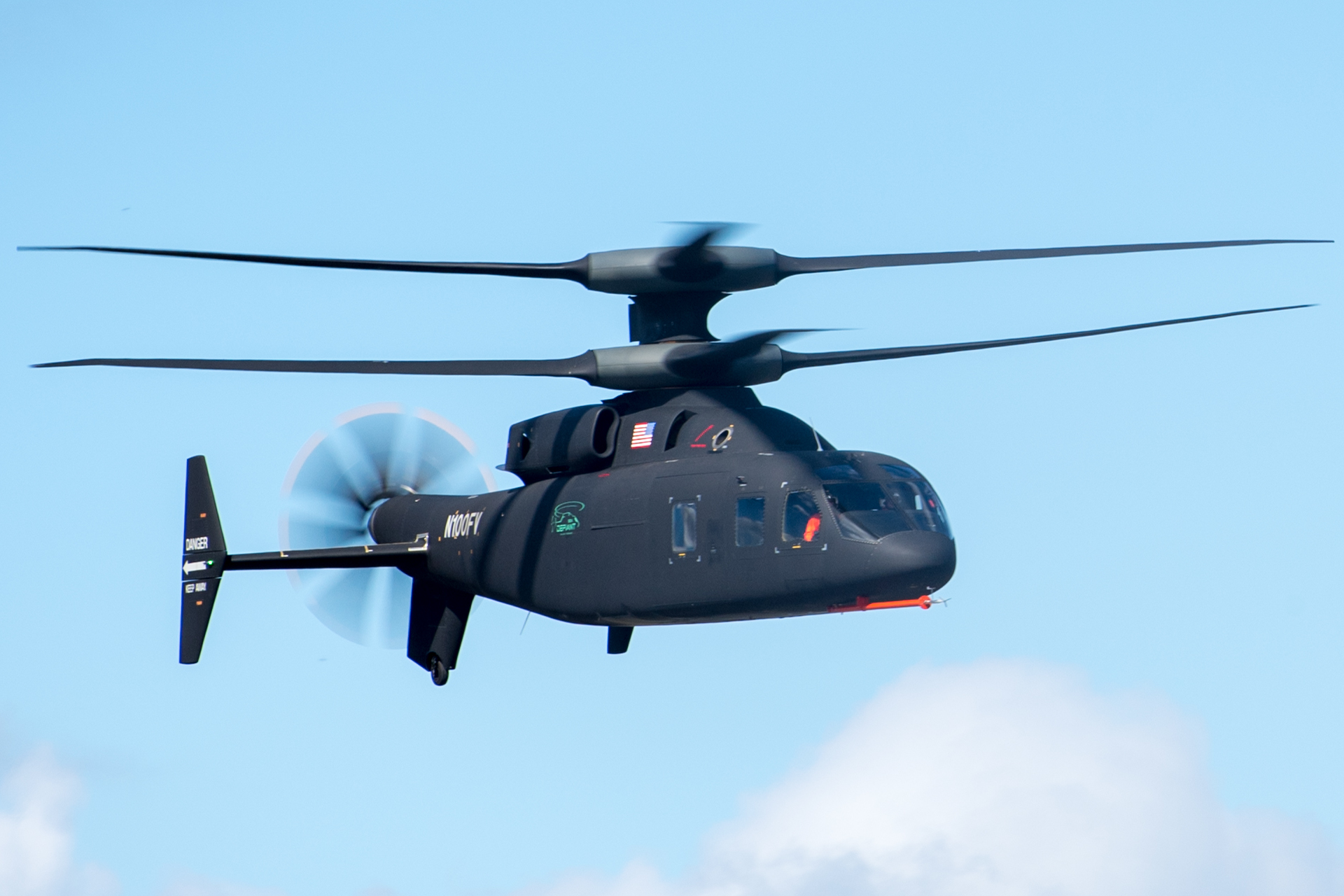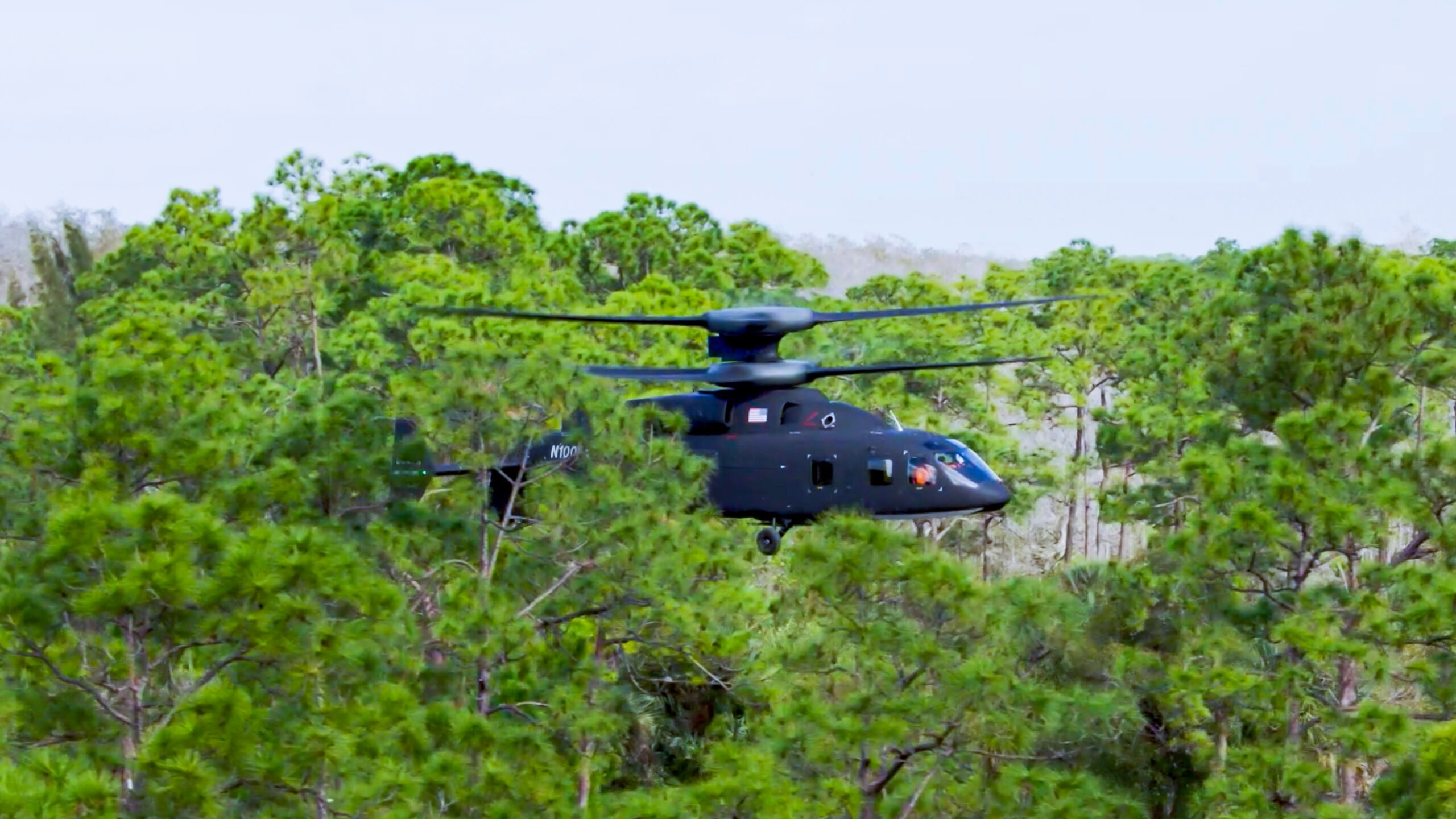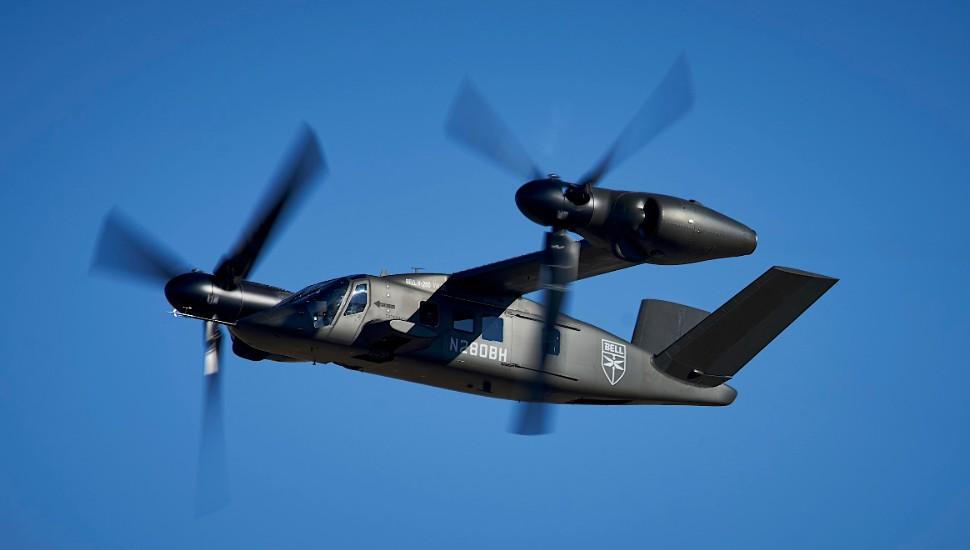The United States (US) and the United Kingdom (UK) inked an agreement to ensure cooperation on future vertical lift (FVL) programs.
“Under the arrangement signed by Maj. Gen. Walter ‘Wally’ Rugen, the U.S. Army Future Command’s Future Vertical Lift Cross-Functional Team director, and Major-General James Bowder, Director Futures, the two nations will share information about their future rotorcraft requirements and programs,” according to a statement.
The ‘Future Vertical Lift Cooperative Program Feasibility Assessment’ pact will allow interoperability between the services in the FVL domain. In addition, the countries will “explore and analyze new concepts” for coalition Army airpower.
“Through this joint analysis, the U.S. and U.K. will be able to assess the benefits, risks and overall feasibility of rotorcraft cooperation between the two allies,” the statement added. Among other things, the new program also aims to cut costs, improve rotorcraft interoperability, and formulate strategies for future cooperation.
The two countries will seek ways to collaborate in areas such as research, development, testing, and evaluation, as well as production, sustainability, and follow-on development.
The information acquired would be used in the country’s decision-making process, according to the statement. The agreement also includes the development of preparations for the United Kingdom to participate in future phases of the Pentagon’s FVL program.
At Yuma Proving Ground in Arizona, the US Army has conducted two rounds of a learning campaign dubbed ‘Project Convergence’, including a cooperative trial last fall. The service intends to include allied nations, including the UK, in the large collaborative experiment this year, with a focus on FVL capability.

“Arrangements like these will ultimately improve our capabilities and strengthen our forces, focusing on joint lethality, survivability and reach, while ensuring affordability for both our countries,” Maj. Gen. Wally Rugen, who oversees US Army’s FVL modernization, said in the statement.
“Our deep science and technology collaboration is an important element of this and makes us both more competitive,” Maj. Gen. James Bowder of the British Army said in the statement. “Today’s agreement formalizes our cooperation to help determine the future direction of aviation in competition and conflict.”
When the @USArmy talks about reach, we’re talking about the #V280 #Valor.
Check out how Bell's revolutionary operational capabilities are exceeding the @USarmy's Future Vertical Lift priorities.
Learn more: https://t.co/fLtIvrGXIJ #ArmyModernization #FVL #Reach #FLRAA pic.twitter.com/BopkXAYUTY— Bell (@BellFlight) February 14, 2022
Future Vertical Lift Program
The US Army has been vigorously pursuing FVL programs such as the Future Long-Range Assault Aircraft (FLRAA), Future Attack Reconnaissance Aircraft (FARA), and Air-Launched Effects (ALE).
This year, the service will pick between Bell and Lockheed Martin (Sikorsky-Boeing) to produce FLRAA. Bell and Lockheed are also bidding for the contract to produce FARA prototypes, which are anticipated to fly in 2023.
As the US prepares for great power rivalry with China and Russia, FVL — which is planned as a new family of rotorcraft — is one of the most important aspects of services’ modernization. These aircraft will replace the Black Hawk and Apache attack helicopters.
Last month, a Lockheed Martin SB team stated that the FLRAA technology demonstrator successfully completed its first mission profile, which included low-level flight operations and confined area landings.
Get ready for #SBLVI with a touchdown for #DEFIANTX. The tech demonstrator recently showed off its ability to land in confined areas during an Army mission profile flight.@Sikorsky ? Boeing pic.twitter.com/dAntlQZLKJ
— Boeing Defense (@BoeingDefense) February 11, 2022
Although the company is currently bidding for the contract, the first unit will not be ready until 2030. The Future Vertical Lift Cross-Functional Team oversees the FLRAA program.
The Sikorsky-Boeing Defiant X, developed with a coaxial rotor system for greater maneuverability, has been offered by Lockheed. During the flying test, Defiant reached 236 knots and decelerated fast to the landing zone, according to the company.

The Defiant platform has previously displayed “mission-relevant” cargo capacity by hauling the 5,300-pound Guided Multiple Launch Rocket System, according to the announcement. It also showed low-speed agility with fly-by-wire controls. The platform had earlier exceeded 245 knots during a flight test.
Bell Ahead Of Sikorsky-Boeing?
Bell is pitching its V-280 Valor tiltrotor for the FLRAA program and 360 Invictus winged helicopter for FARA. According to the company, the V-280’s production process has already been enhanced, with a 40 percent cost reduction and an 80 percent reduction in lead time for the manufacture of its mast part.
Bell has tested software that will allow Valor to fly autonomously, without the need for a human pilot (a test pilot remained aboard as a safety backup). Similar software has been tried in simulations by Sikorsky-Boeing, but not yet in the actual Defiant aircraft.

Although Bell claims that the present controls allow it to operate the plane perfectly during test flights in clear skies, the company believes that having more computer assistance to spot and avoid obstructions during high-speed, low-altitude flights at night or in bad weather will be a lifesaver.
Since its debut in December 2017, the Bell prototype has logged more than 170 flight hours, including some with Army pilots on board. The technology demonstrator, SB-1 Defiant, had to wait until March 2019 for its maiden flight owing to manufacturing challenges with the ultra-rigid rotors that are critical to its maneuverability, combined with subsequent mechanical concerns.
- Contact the author at ashishmichel@gmail.com
- Follow EurAsian Times on Google News




